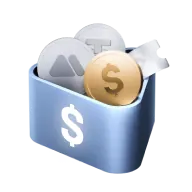K-Line Charts: The Basics
1. The Four Components of Candlestick Charts
2. Common Candlestick Shapes and Their Meanings
2.1 Bullish Candlestick
2.2 Bearish Candlestick
2.3 Bullish Candlestick with Upper and Lower Shadows
2.4 Bearish Candlestick with Upper and Lower Shadows
2.5 Hammer Candlestick

2.6 Inverted Hammer Candlestick
2.7 Doji Candlestick
3. Common Candlestick Patterns and Their Meanings
3.1 Morning Star
3.2 Evening Star
Popular Articles
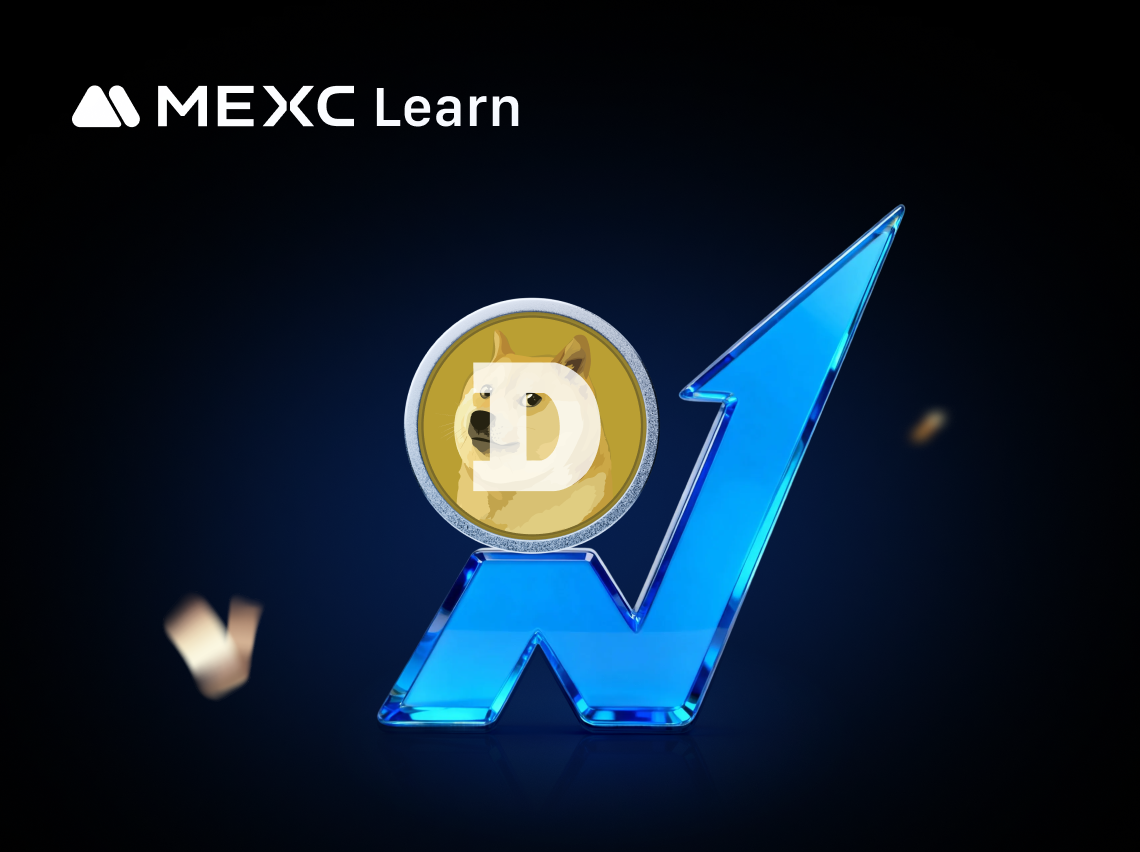
Dogecoin All-Time High: When It Happened and What Drove the Surge
Key TakeawaysDogecoin’s all-time high (ATH) occurred on May 8, 2021, when the price reached approximately $0.74.The surge was primarily driven by a combination of Elon Musk’s repeated tweets and endor

How to Verify My Residential Address on MEXC
Providing proof of address (POA) is part of MEXC's KYC verification process. After registering a MEXC account, you must upload a POA document to complete identity verification and ensure compliance wi
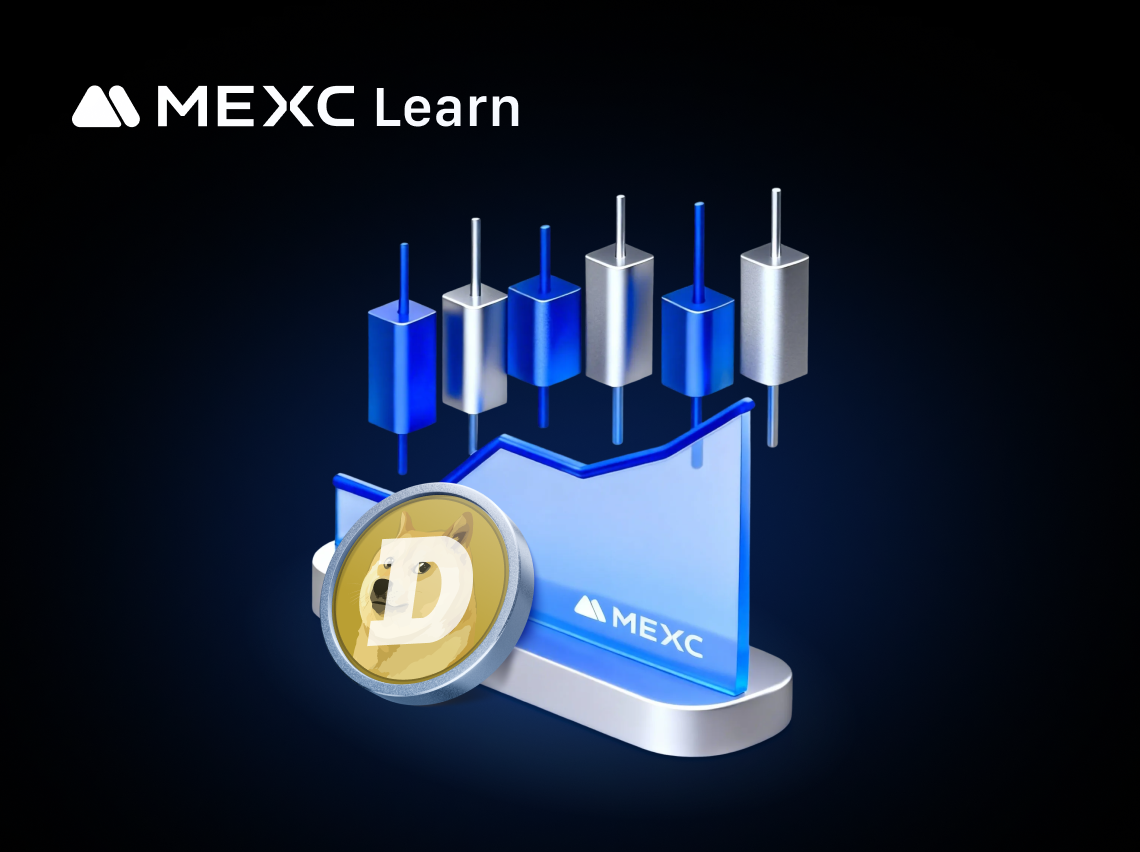
Dogecoin Marketcap Explained: What It Means and How It Shapes DOGE’s Value
Key TakeawaysMarket capitalization (market cap) measures the total dollar value of Dogecoin (DOGE), calculated as current price × circulating supply.As of December 2025, Dogecoin’s market cap stands a
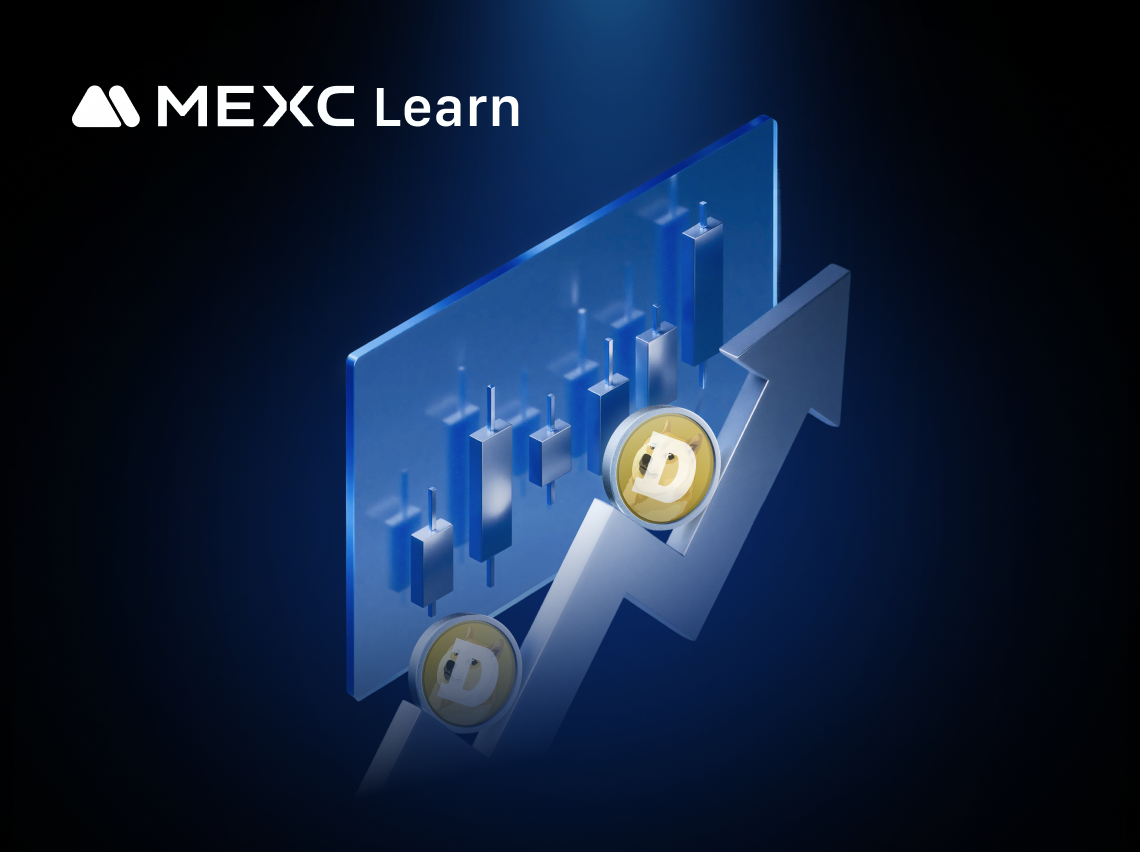
Dogecoin Price History: Major Cycles, Market Drivers, and Key Lessons
Key TakeawaysDogecoin has experienced extreme volatility, moving from near dormancy (2013–2020) to meme-driven surges (2021) and significant post-2021 corrections.The explosive 2021 surge drove DOGE t
Hot Crypto Updates
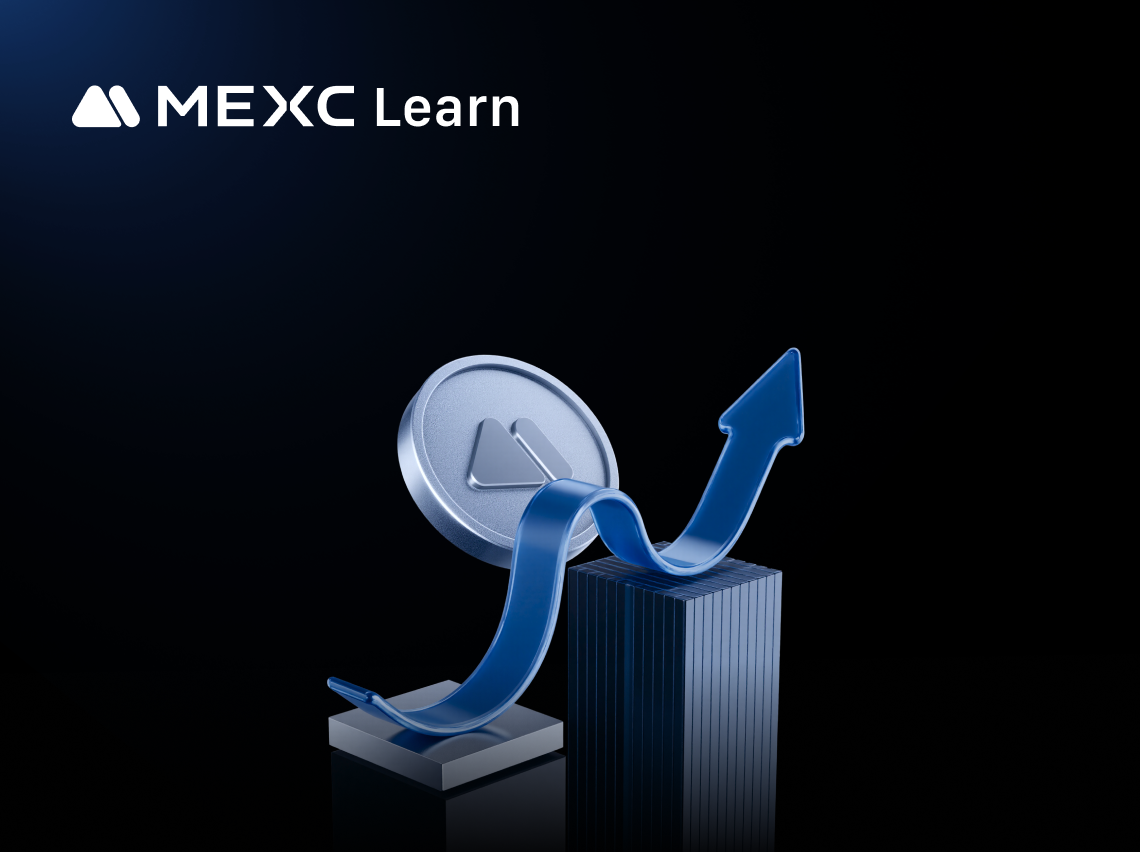
Magma Finance (MAGMA) 2030 Price Prediction
Introduction to MAGMA 2030 Price ForecastLooking a decade ahead, 2030 price predictions for Magma Finance (MAGMA) provide a long-term view of its potential role in the evolving crypto landscape. While
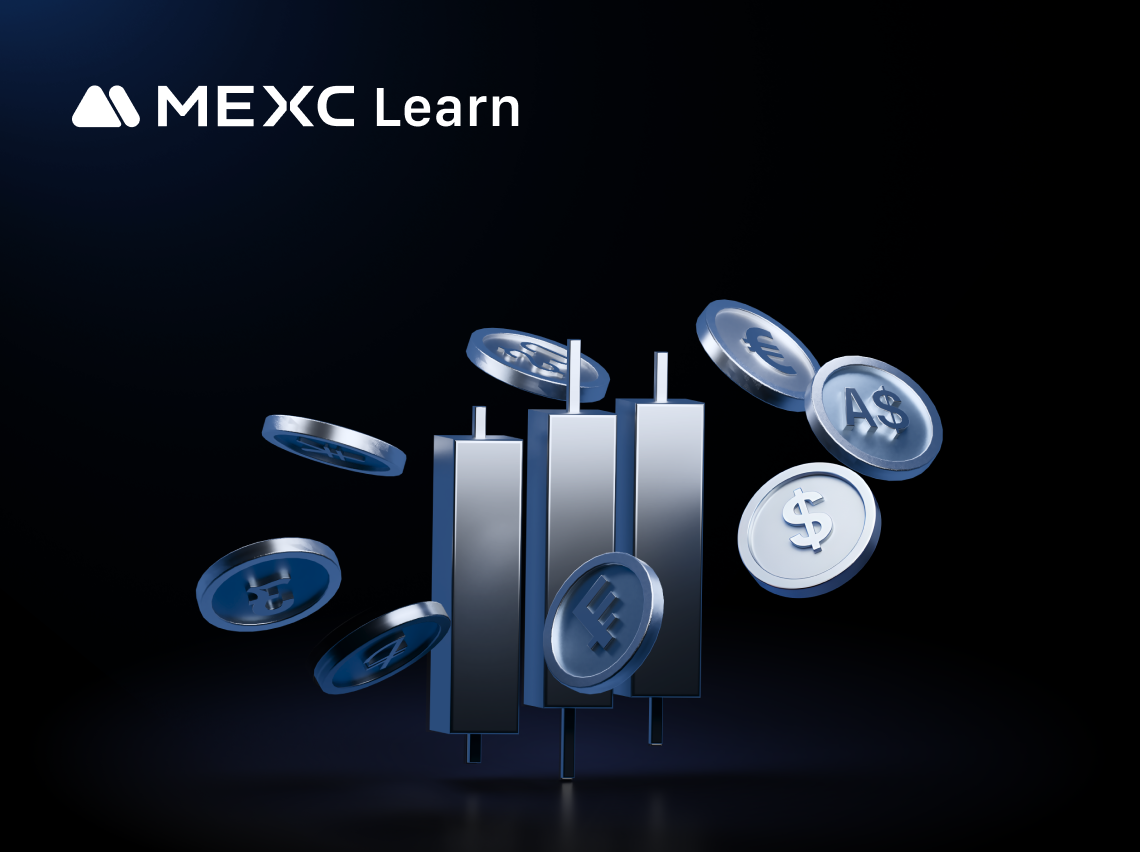
Magma Finance (MAGMA) Price History: Patterns Every Trader Should Know
What is Historical Price Analysis and Why It Matters for Magma Finance (MAGMA) InvestorsHistorical price analysis is a fundamental research methodology that examines past price movements to identify p

Introduction to KYC in Cryptocurrency Trading
Know Your Customer (KYC) is a mandatory verification process implemented by financial institutions including MEXC to confirm the identity of their users. In the rapidly evolving cryptocurrency market,
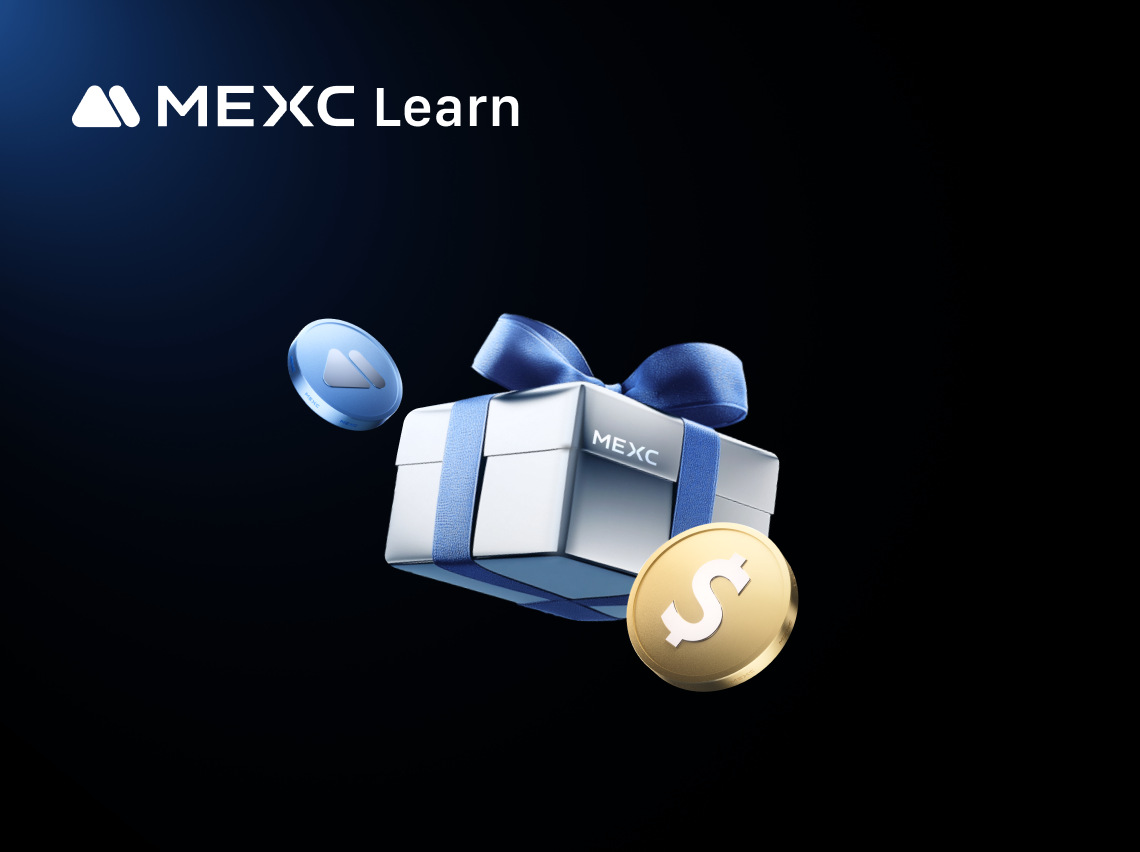
Crypto Price Calculator for Magma Finance (MAGMA) - Real-Time Conversion Tool
A crypto price calculator is an essential tool for anyone looking to convert digital currencies into different denominations or fiat money. Whether you're tracking your Magma Finance (MAGMA) investmen
Trending News
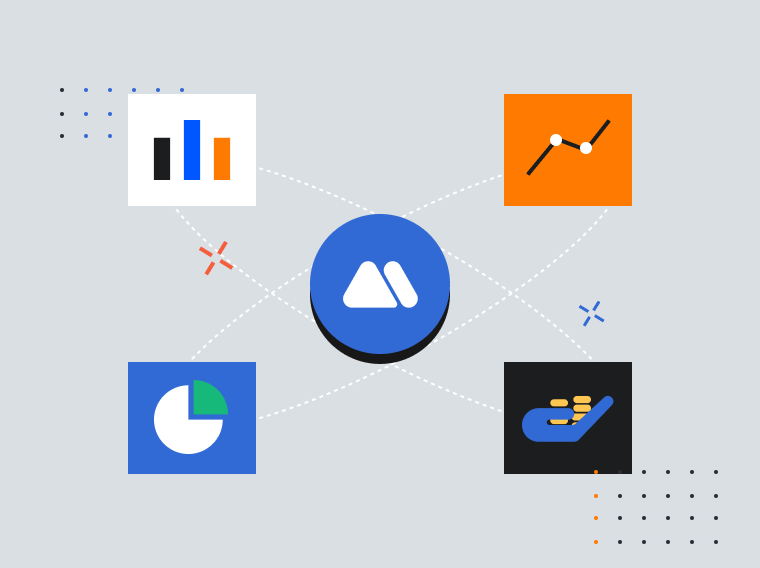
Woodway Assurance receives $1 million in funding for data privacy assurance solution EviData
OTTAWA, ON, Dec. 17, 2025 /PRNewswire/ – New Canadian technology company Woodway Assurance is proud to announce that it has closed an oversubscribed seed funding
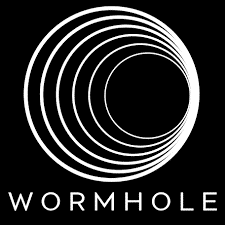
Wormhole Unleashes W 2.0 Tokenomics for a Connected Blockchain Future
TLDR Wormhole reinvents W Tokenomics with Reserve, yield, and unlock upgrades. W Tokenomics: 4% yield, bi-weekly unlocks, and a sustainable Reserve Wormhole shifts to long-term value with treasury, yi
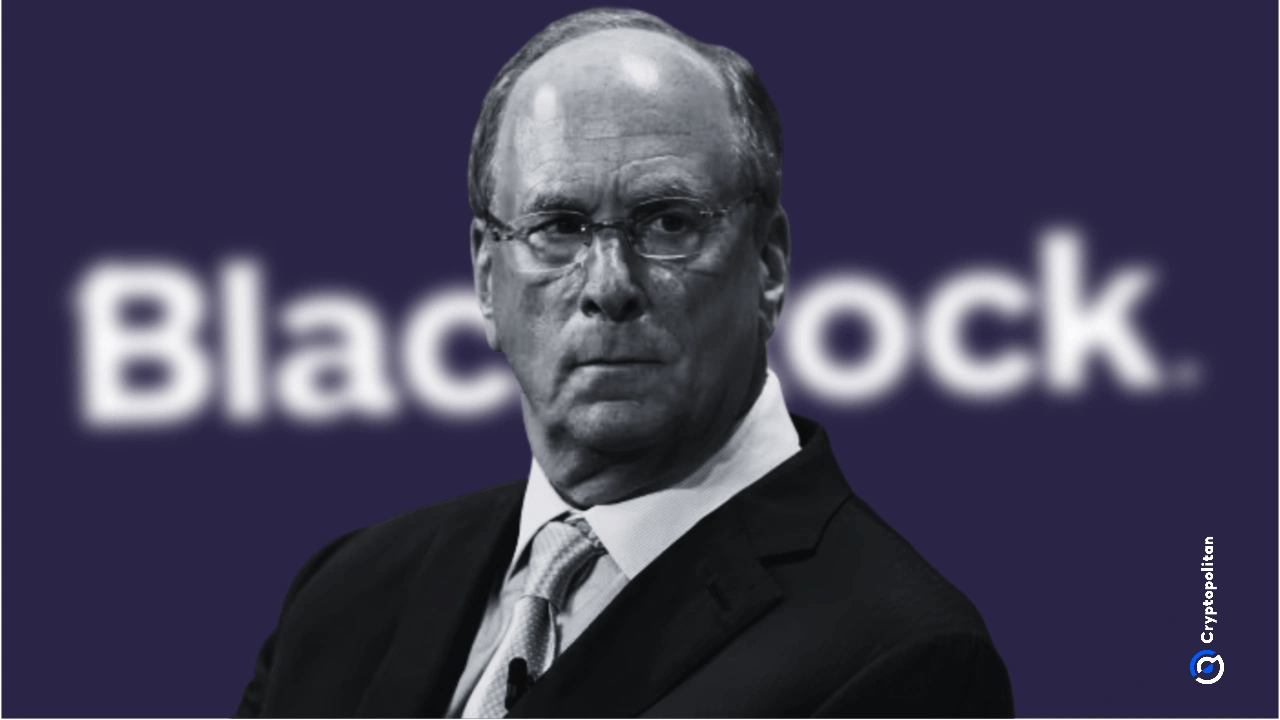
BlackRock boosts AI and US equity exposure in $185 billion models
The post BlackRock boosts AI and US equity exposure in $185 billion models appeared on BitcoinEthereumNews.com. BlackRock is steering $185 billion worth of model portfolios deeper into US stocks and a

Solid-state LiDAR Market worth $3.20 billion by 2030 – Exclusive Report by MarketsandMarkets™
DELRAY BEACH, Fla., Dec. 17, 2025 /PRNewswire/ — According to MarketsandMarkets™, the Solid-state LiDAR Market is projected to be valued at USD 3.20 billion by
Related Articles

How to Use TradingView on MEXC
TradingView is a powerful trading analysis tool that caters to users of all experience levels. MEXC has integrated TradingView's charting tools, allowing you to use them directly on the MEXC platform.
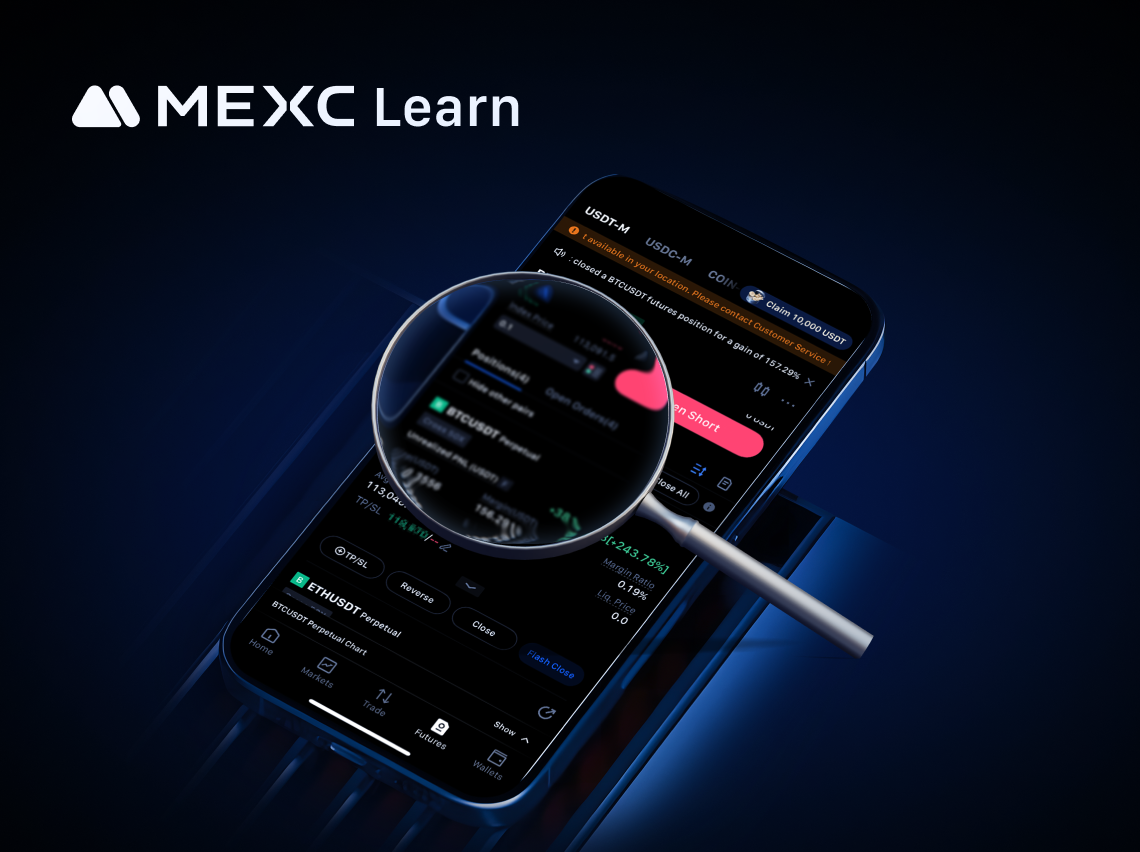
How to View MEXC Futures Account Assets and Open Positions For Improved Trading
Cryptocurrency futures trading has become popular among investors due to its flexibility and wide range of trading pairs. MEXC Futures, in particular, is well recognized by users for offering over 1,3
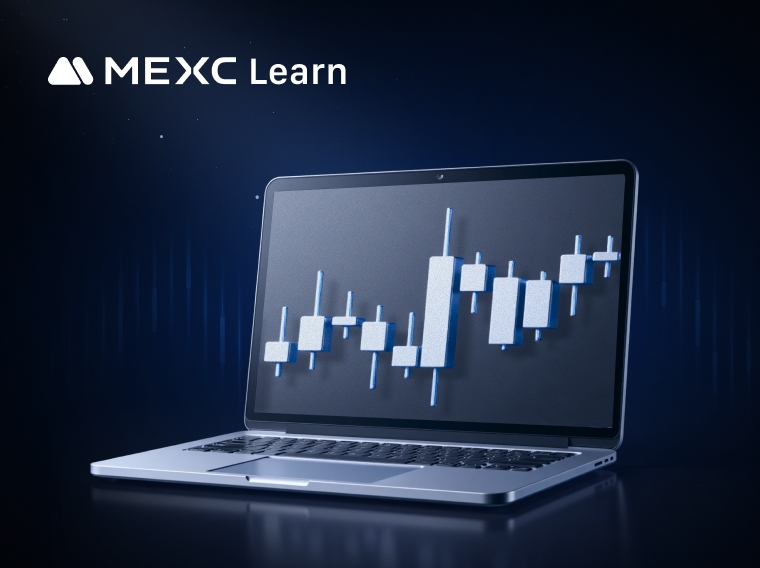
Analysis of Common Technical Indicators in the Cryptocurrency Market
In crypto trading, technical indicator analysis refers to a quantitative method that uses mathematical and statistical formulas to assess market trends. By processing price and volume data through spe
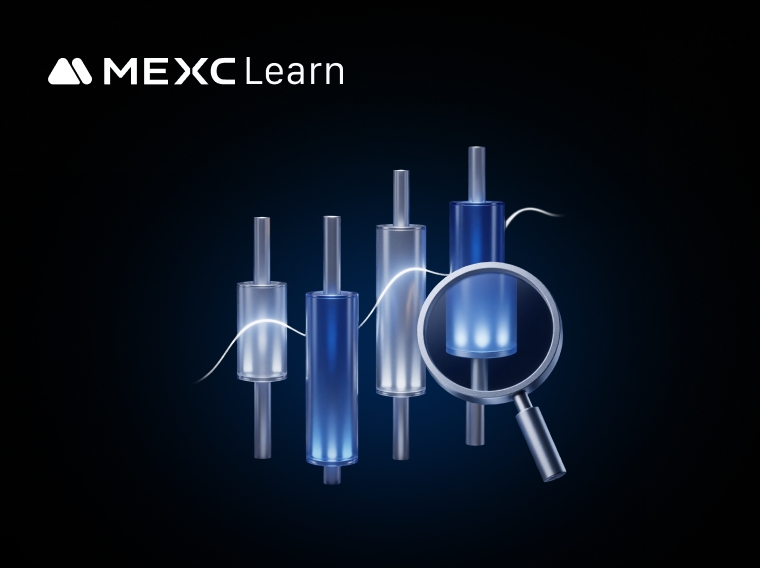
Common Technical Analysis Theories
Technical analysis is a widely used tool in financial investing, aimed at predicting future market trends by studying historical price movements and trading data. This article will break down the core
